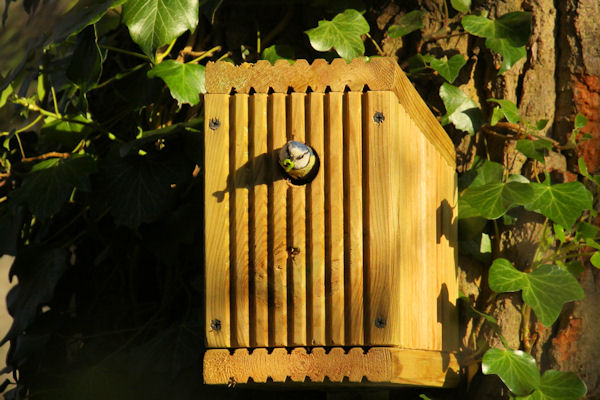More young Robins
I apologise for blogging up a third post about the young Robins, but they really are quite irresistible. One in particular is very approachable and poses happily for photographs.

July 9th
This sequence of pictures charts its moult towards adulthood from the first flush of red on its belly.
Within a very short time, the rouge patch was spreading and starting to cover his breast.
July 14th
There were other young robins in the wood at the same time. This one was obviously much younger. The famous red breast does not develop until the chick is experienced enough to defend itself against the adult males who are still defending their territories.
There was an adult robin in the same area as the youngster. It may be a female as the aggression that I would have anticipated was not shown.
Robins may have 3 broods during the season and remain vigilant throughout. The sight of a red breast will throw the breeding males into a rage and they are likely to drive the youngsters away.
The older bird appeared to become a little tatty over the next couple of days and it soon became apparent that it was moulting too. Adult birds moult to refresh their feathers. Note its tail feather dropping away too.
July 17th
By the 19th July red splodges were clearly visible on the youngster's face and upper breast.July 19th
July 20th
A bird in its first plumage is referred to as juvenile. A bird which sheds its juvenile plumage may be called immature while (in the case of a Robin) it is in the process of attaining its adult plumage.
July 23rd
I was reviewing my thoughts about the older bird. It is possible that it was a male who had finished his breeding efforts for the year as evidenced by the moult. Note the loose wing feather below as well as the scruffy head.
Without the need to defend his breeding territory, he may be more tolerant to the immature bird.
27th July
There was some friction between them when small tidbits were put down for them. The youngster got the better of the skirmishes if treats were dropped on the north side of the path, while the adult prevailed on the south side.
July 29th
By the end of the month, the young bird was developing a scowl that will serve it well during next spring.August 1st

It will soon be tricky to tell them apart.
Robin gender is difficult to establish. Their behaviour differs during the breeding season, but only to each other, eg the male may offer food to the female, but very seldom does it happen the other way round. If you see them separately, there is very little to go on.
Previous posts were from last year and from earlier this year. Both of them showed the youngsters in their juvenile plumage.


















Comments
Post a Comment